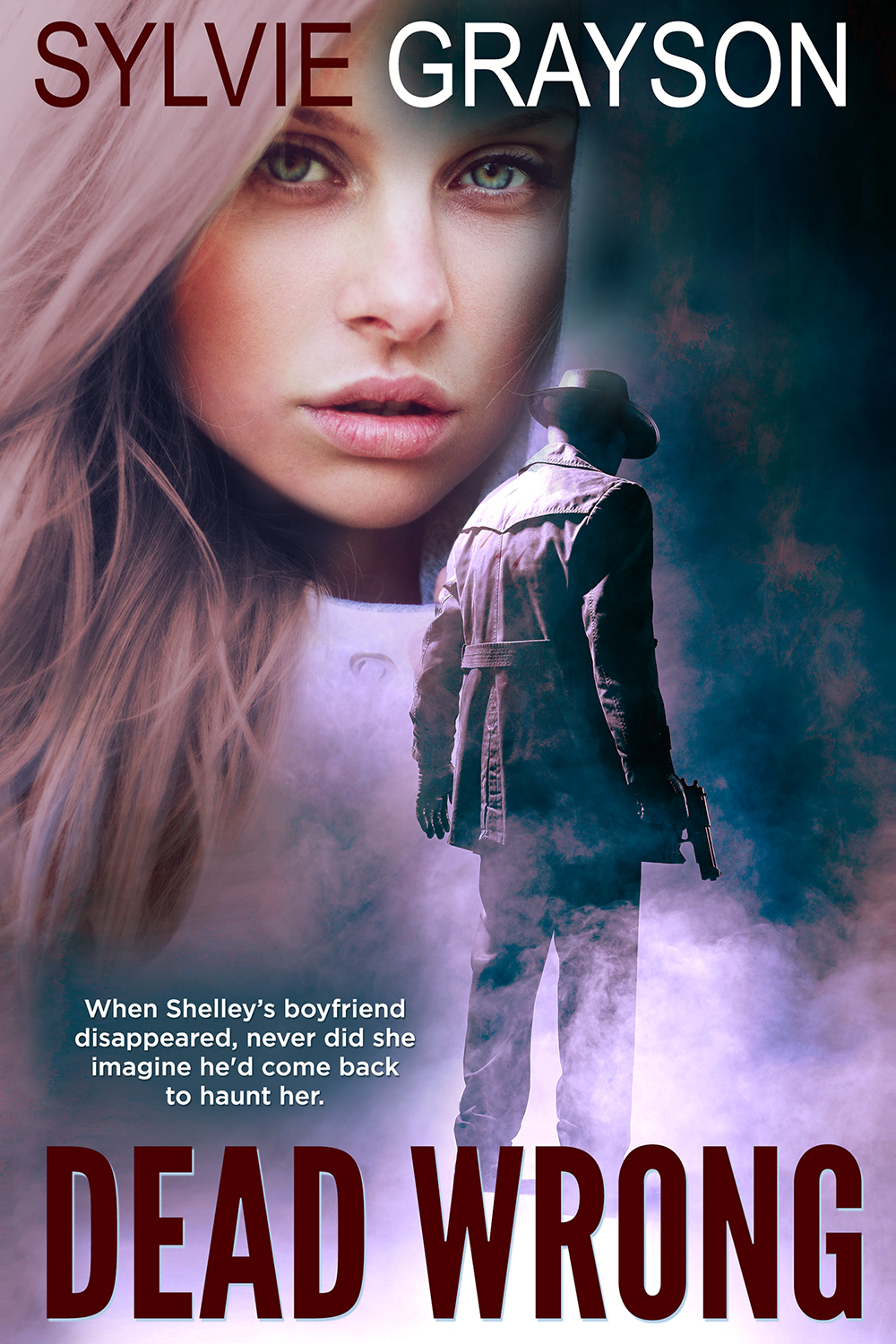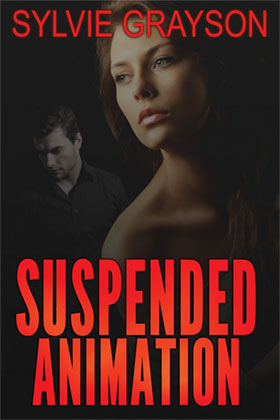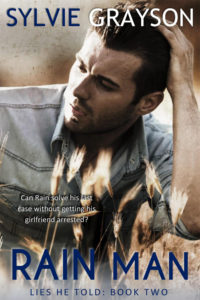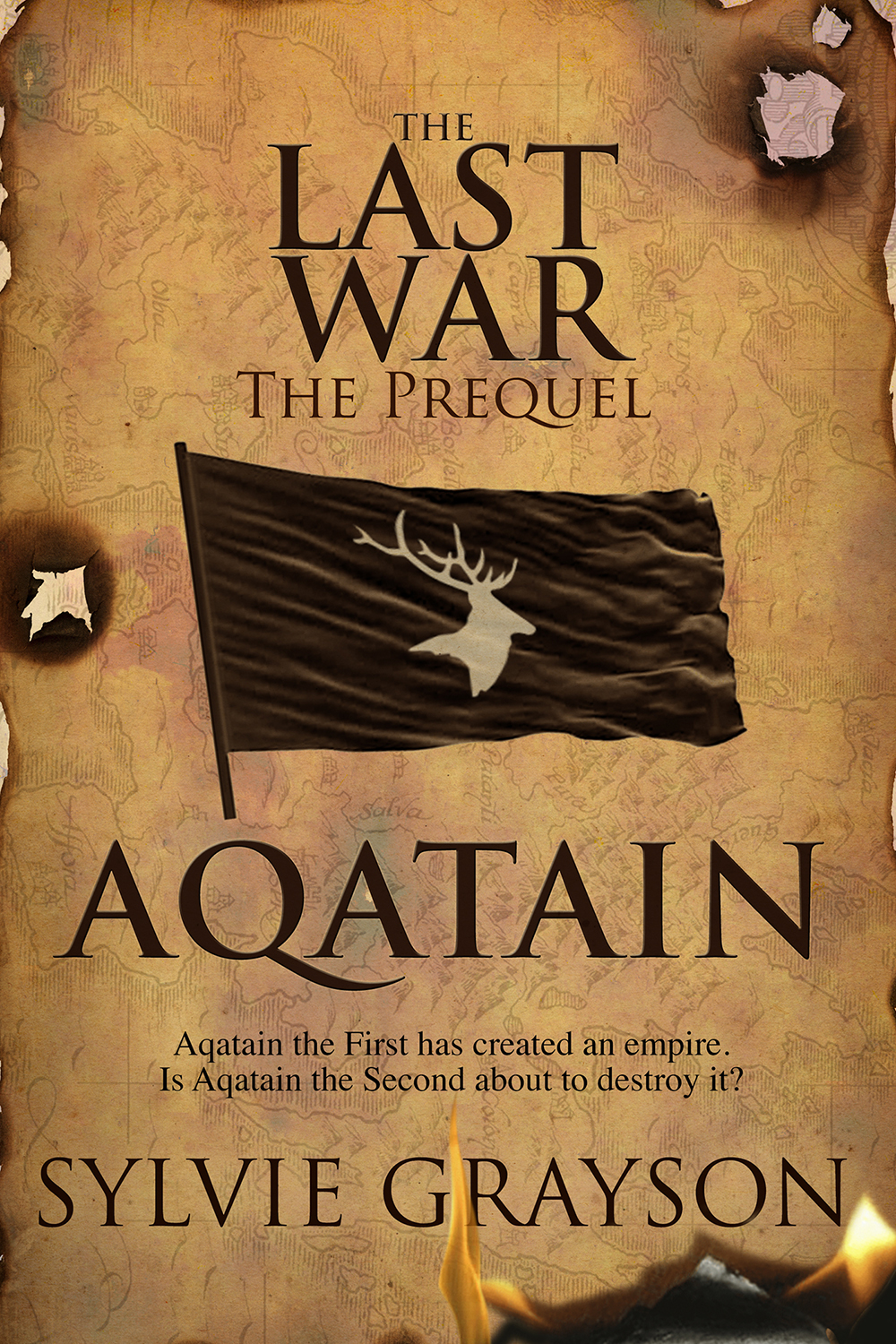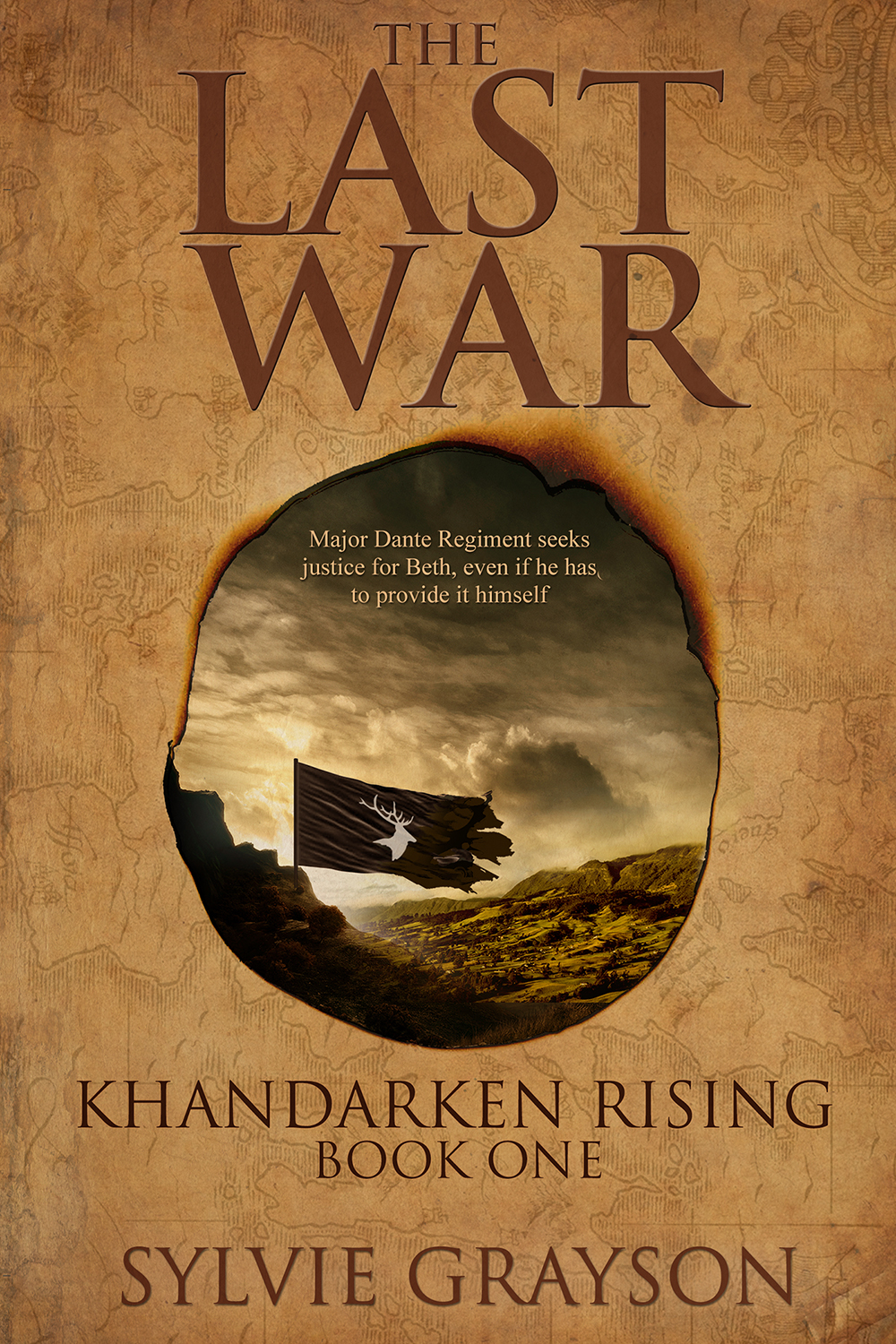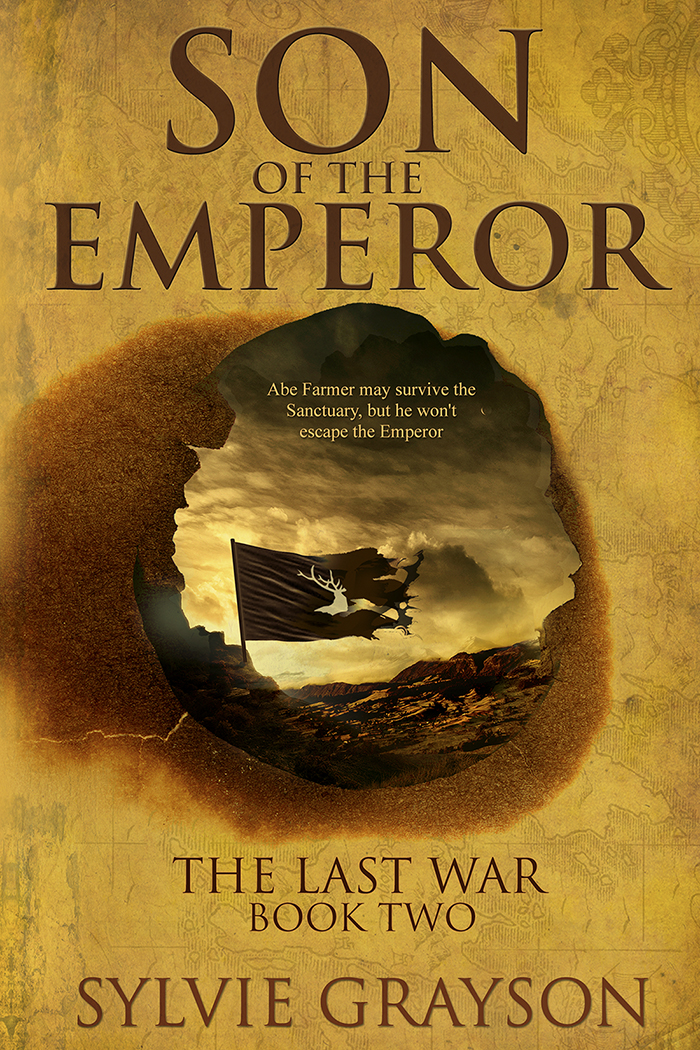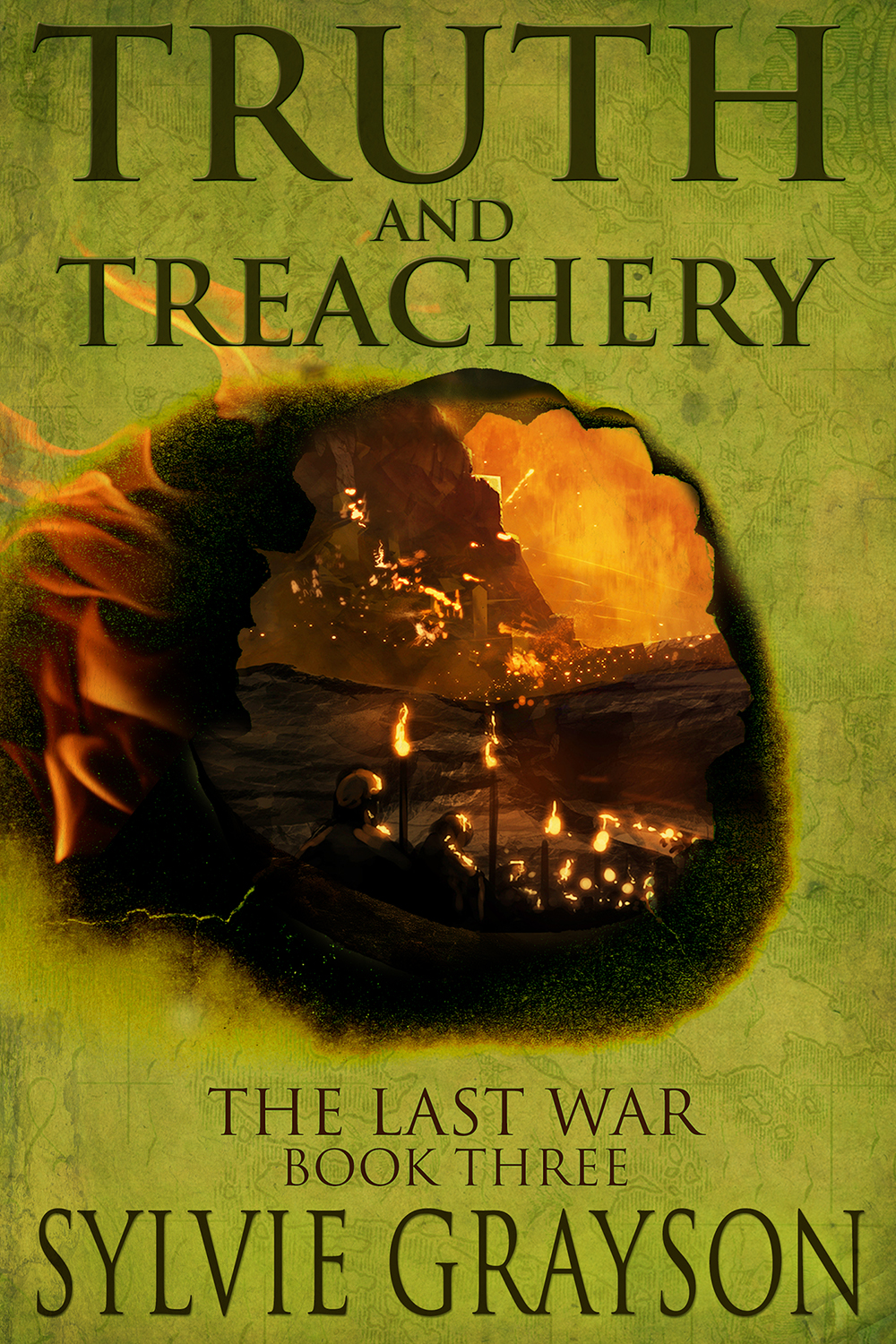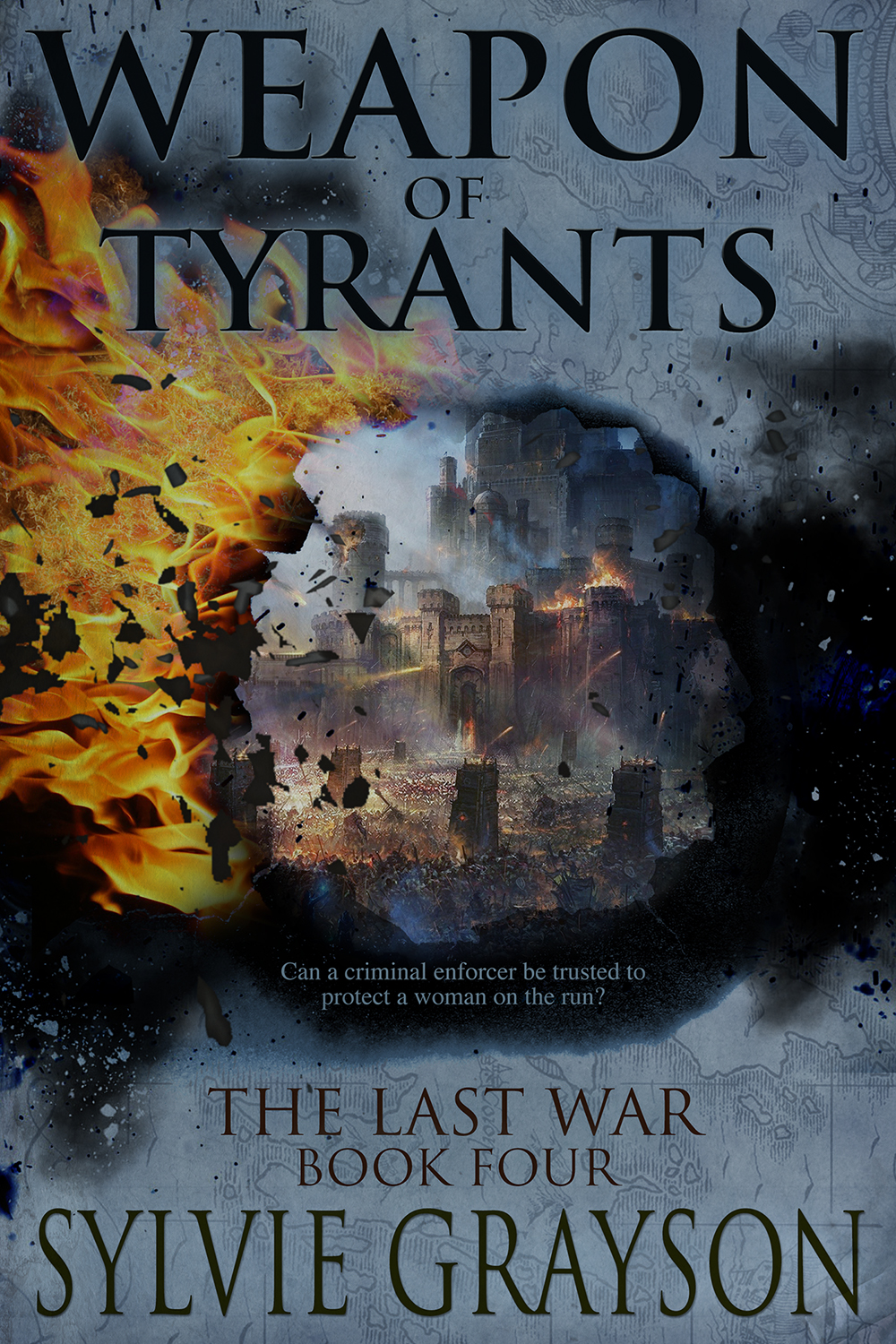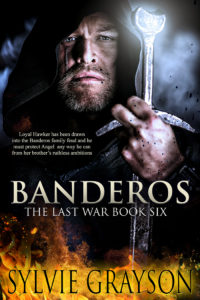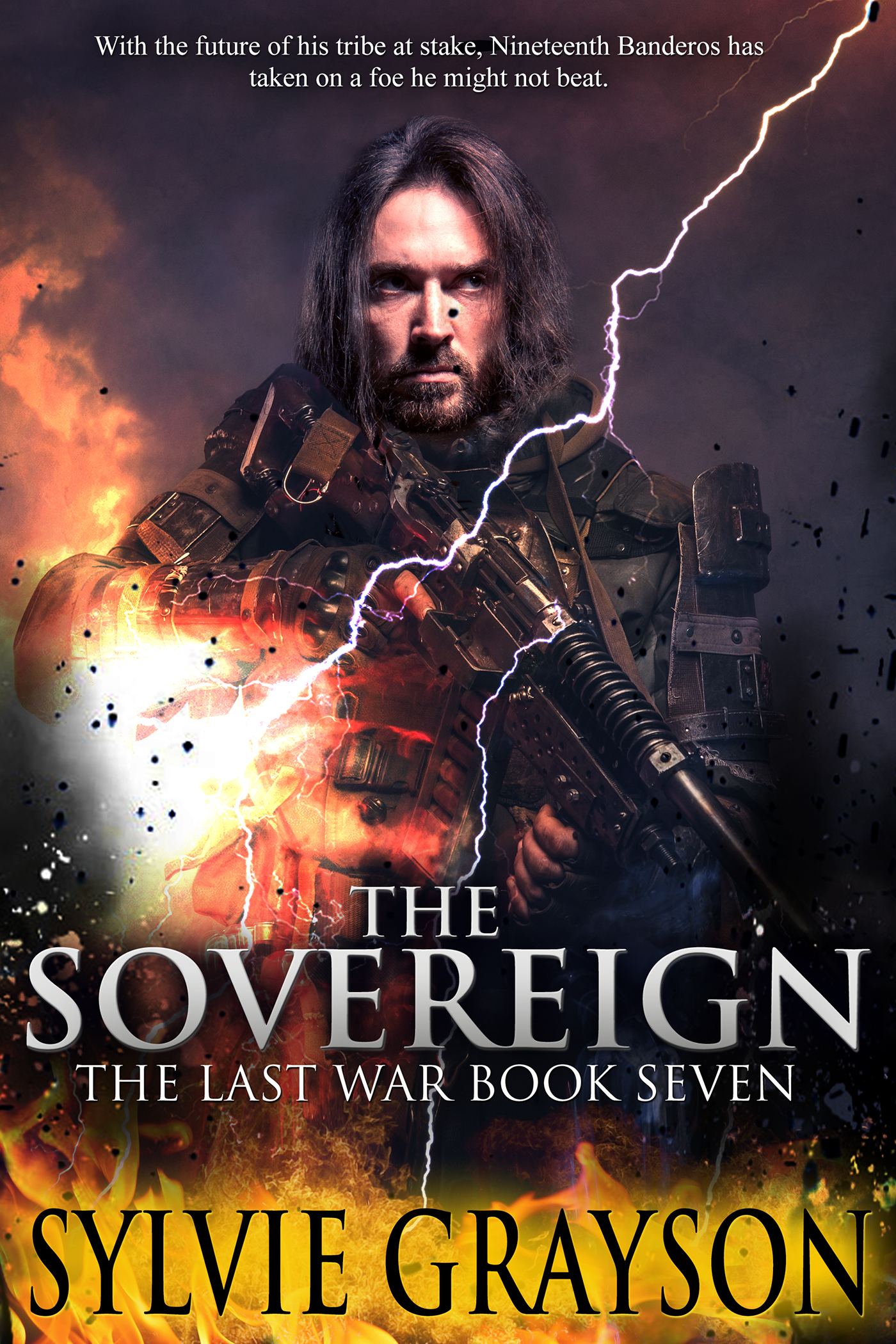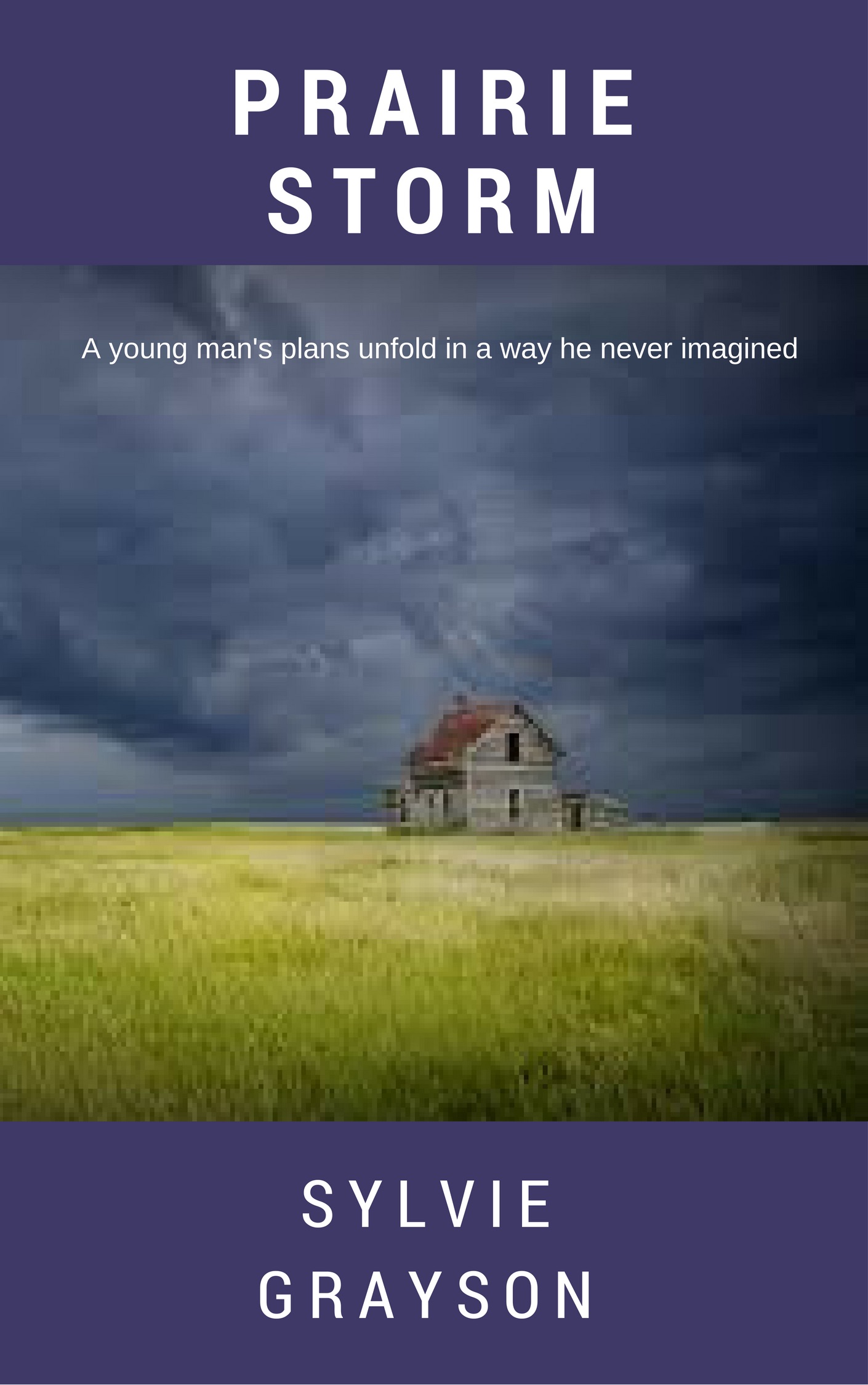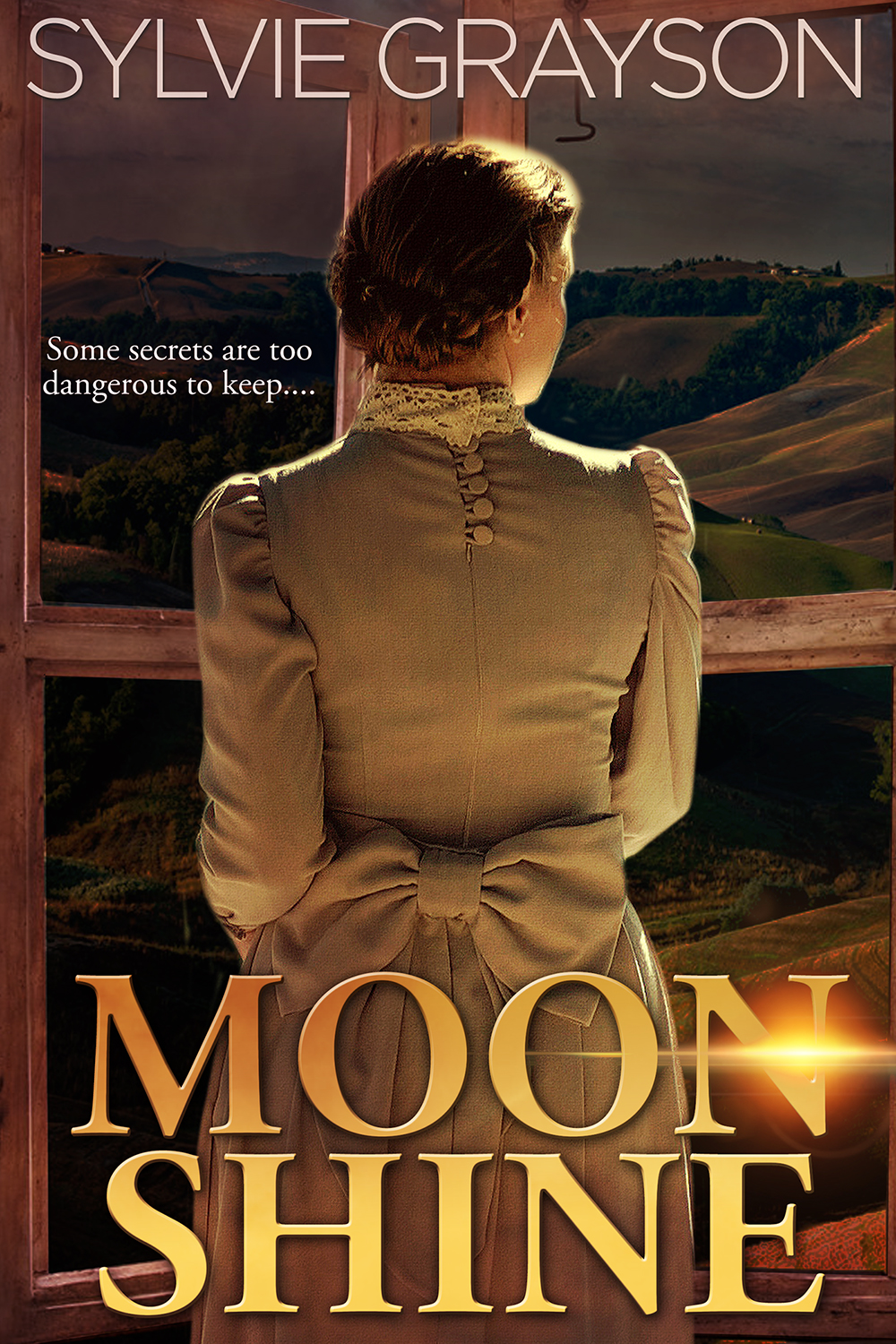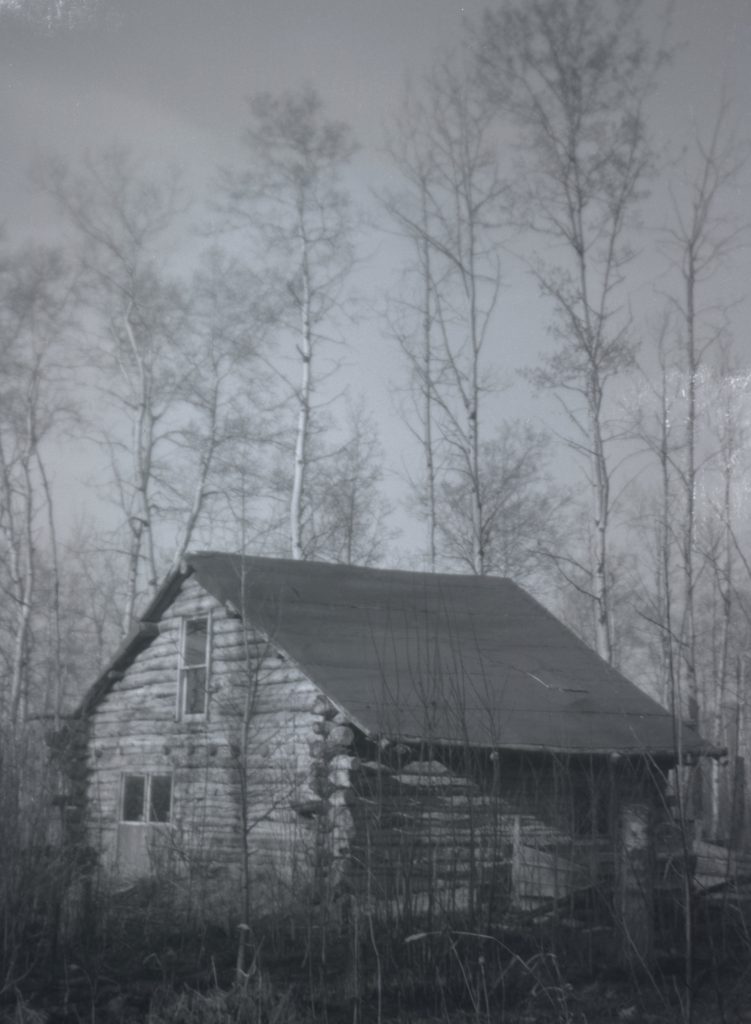
WATER – Water was always an issue on the homestead. In the spring, my sister, Nell, and I took buckets and walked to the slough which was about a half mile away. We filled the buckets and carried them back to the house. We would do that several times a day, or as often as it took to take care of our home. If Mom was doing laundry, it was pretty laborious. If it was just a regular day, we filled the barrel, the wash tub, the reservoir in the cook stove and brought extra buckets for washing dishes.
Trips to the slough were required every day. The water was actually quite clean until about mid-summer. By then it would begin to taste slimy. The number of frogs would have markedly increased and the mosquitoes would be popping out of the water in clouds. On top of fetching buckets of water, we would walk the cow and calf to the slough to water them. Often we were walking barefoot as shoes were sometimes hard to come by. Once I remember, as we reached the slough, the cow stepped forward to take a drink and landed her hoof on Nell’s bare foot. Luckily she was standing on the edge of the slough where the mud was soft. Her foot sank into the water under the pressure and she stood still, waiting in pain until the cow finished drinking before we were able to make it step back.
By late summer the water in the slough was no longer palatable. Our neighbour, Olaf, had a well which he kindly allowed us to use when needed. Dad would hitch the horse to the stoneboat with a few barrels on it, drag it down the dirt road a couple of miles to Olaf’s well, and handpump the barrels full. None of us appreciated it very much. The water was heavily sulphered and bitter to drink. But of course we couldn’t have stayed there without access to water.
Then it would snow. We had a 45 gallon drum standing upright beside the barrel heater in the living area of the house. At the first heavy snowfall, we would fill the barrel with snow several times a day over a week or more until the barrel was full of water. This water was used for drinking, dishes, washing and laundry. After the barrel was full, we only had to fetch snow in buckets a few time a day to keep it topped up.
Once a neighbour lady had come to visit Mum. As she walked around the small living space during her visit, she removed her false teeth and casually rinsed them in the barrel. Nell and I watched in horror. As expected, Mum had us empty the barrel and begin the process over again until the barrel was full of clean water.
After we had lived on the homestead for a few years, Dad hired a guy with a back hoe to come and clear some trees for planting a crop. In addition, he had him scoop a dugout, which filled up with water in the spring. This worked well to provide water for the garden and the animals throughout the summer. We also swam in it a few times. But the water was full of leeches and when we emerged from our swim we would find the blood suckers burrowed into our skin. Removing them was painful.
SCHOOL – The local school had two rooms. One room was for grades one to four. The second room was for grades five to eight. When we arrived in Cecil Lake, Nell and I were both in the second room. To our surprise there were a lot of boys in that class who were fifteen and sixteen years old. Most of them had missed a lot of schooling because of staying home to help out on their family farms. They would leave the school year early, in April or May when the ploughing and planting of the land began. And they would arrive in class later than the other students in the fall, usually in October when the harvest was finished. As a result it would take them a few years to complete each grade.
There was no bathroom in the school, but a couple of outhouses were provided, one for boys, one for girls. A third building was attached to the schoolrooms, a teacherage which had a boardwalk leading to the classrooms. The year my sister and I started school in Cecil Lake, there were two young women living in the teacherage, both having just graduated from University of British Columbia with their teacher’s degrees and about to begin their first year of teaching. The substitute teacher for when one or the other was sick or off on a course was the mother of one of my friends. This woman had taught at the school in years past and kept her hand in for when she might be needed.
The children in each classroom were lined up in rows of desks by grade, so one row per grade, or two if needed. When we had spelling tests, the teacher would walk across the front of the room, call a word to the first row, shuffle the spelling books in her hand, call a word to the second row, repeat. After reaching the last row, she would walk back to the first row and begin again with the second spelling word.
The back wall of the room held a giant row of coat hooks. A line of parkas and scarves hung there, a shelf above holding toques and mittens, with an unruly row of snow boots along the wall beneath.
After we had been attending school for a couple of months, the other students seemed to get their nerve up. Nell and I were suddenly surrounded at lunchtime by a group of girls who were all asking where we were from. As always, we said we were from Duncan, on Vancouver Island. “No,” they said, “you’re from England.” I guess Mum’s proper pronunciation had rubbed off on her daughters. That was not the only time I was asked that question.
One day, in the first year we were there, Dad was escorting us to the bus stop, but we were late. We missed the bus, and watched it drive away before we reached the end of our road. Dad didn’t give up. He kept us going. We walked another mile to the main road, then two more miles to the Co-op store and gas station, then another mile to the school. The kids at recess surrounded us, wanting to know how we got to school, because they knew we didn’t have a vehicle. Some of them had also seen us approaching from up the road, when the bus stopped and then took off without waiting.
When we said we’d walked, no one believed us. No one walked that far. We did. (more to come)



